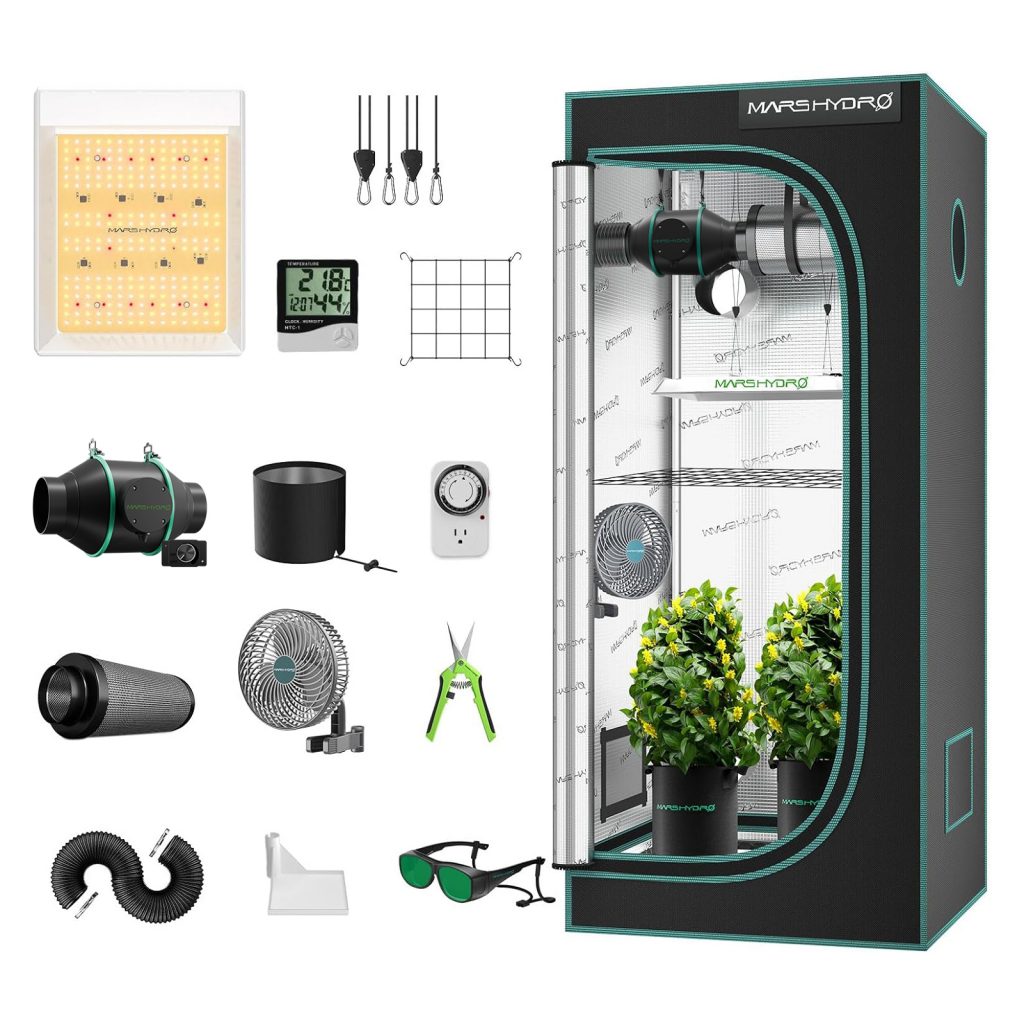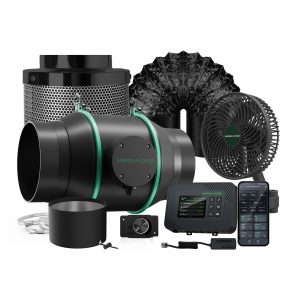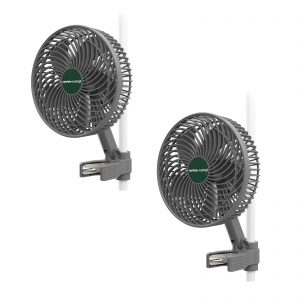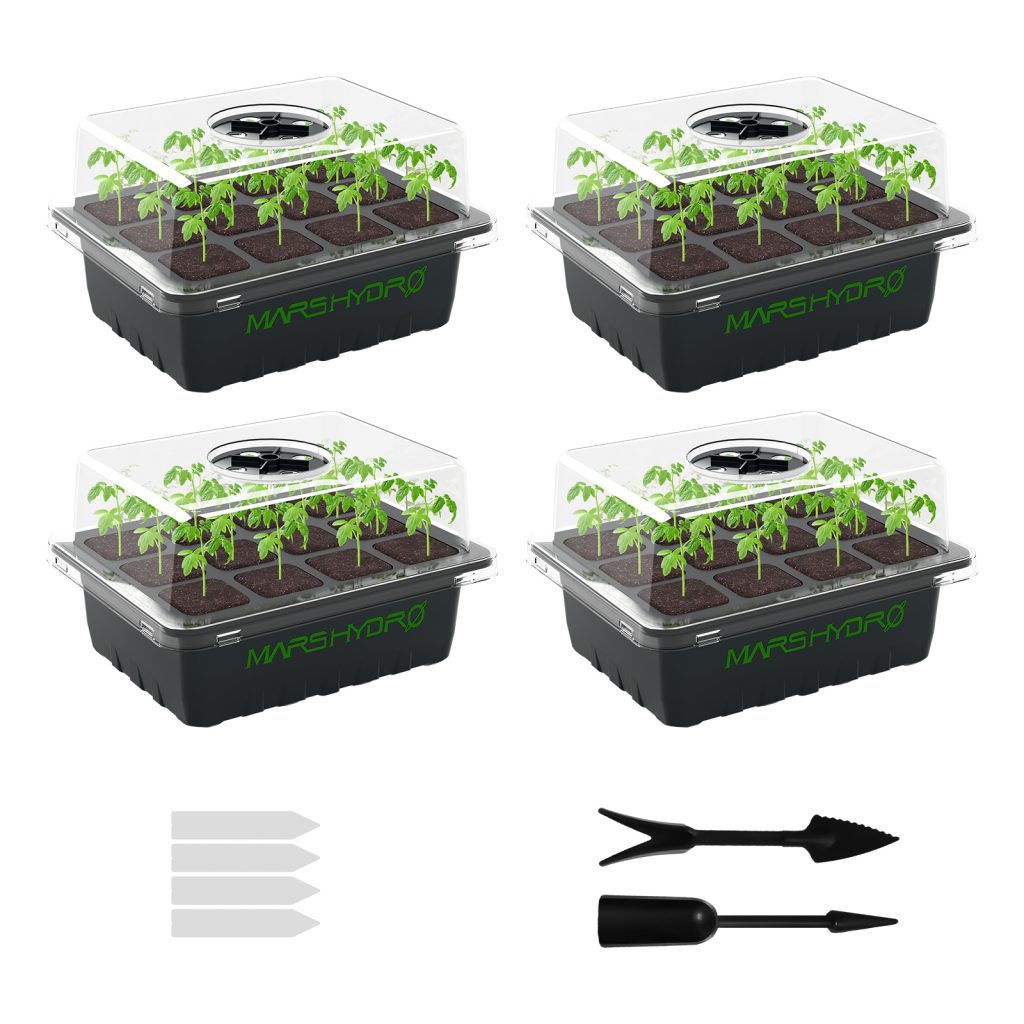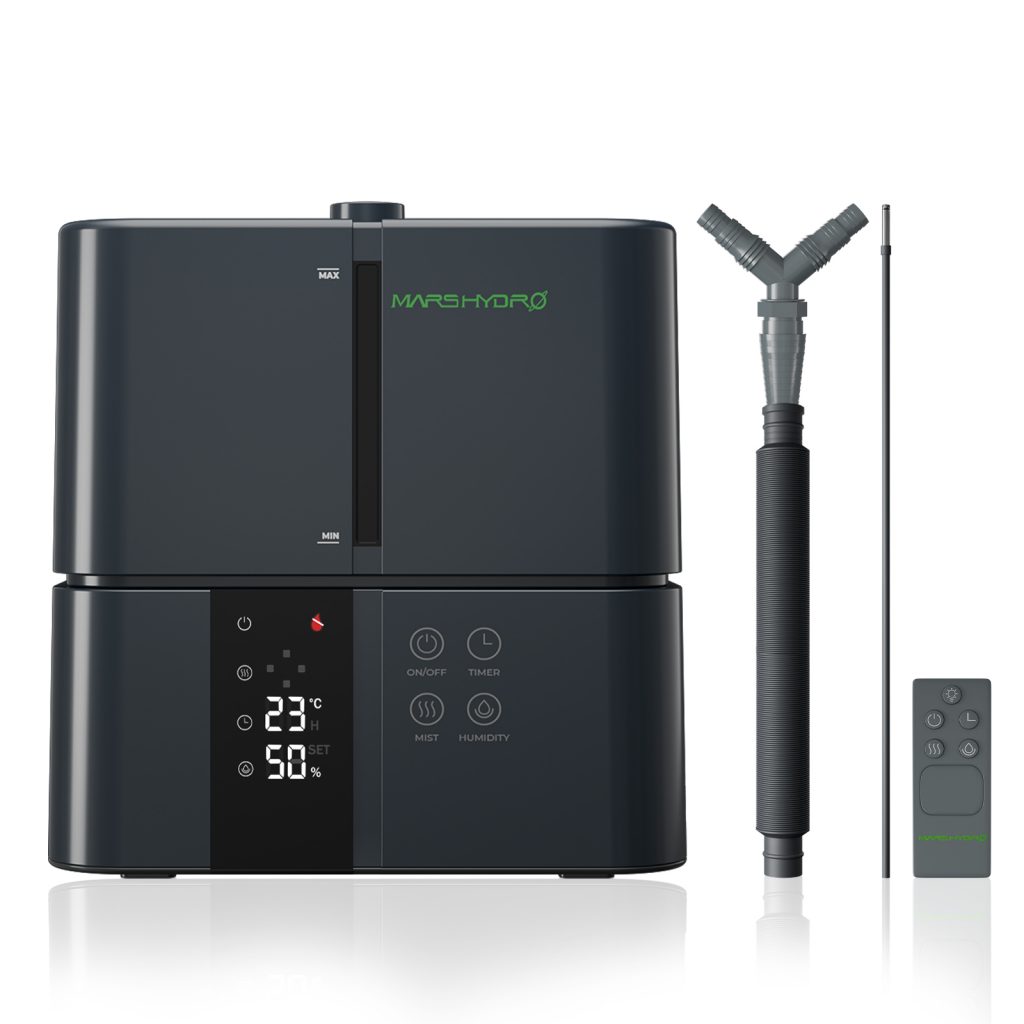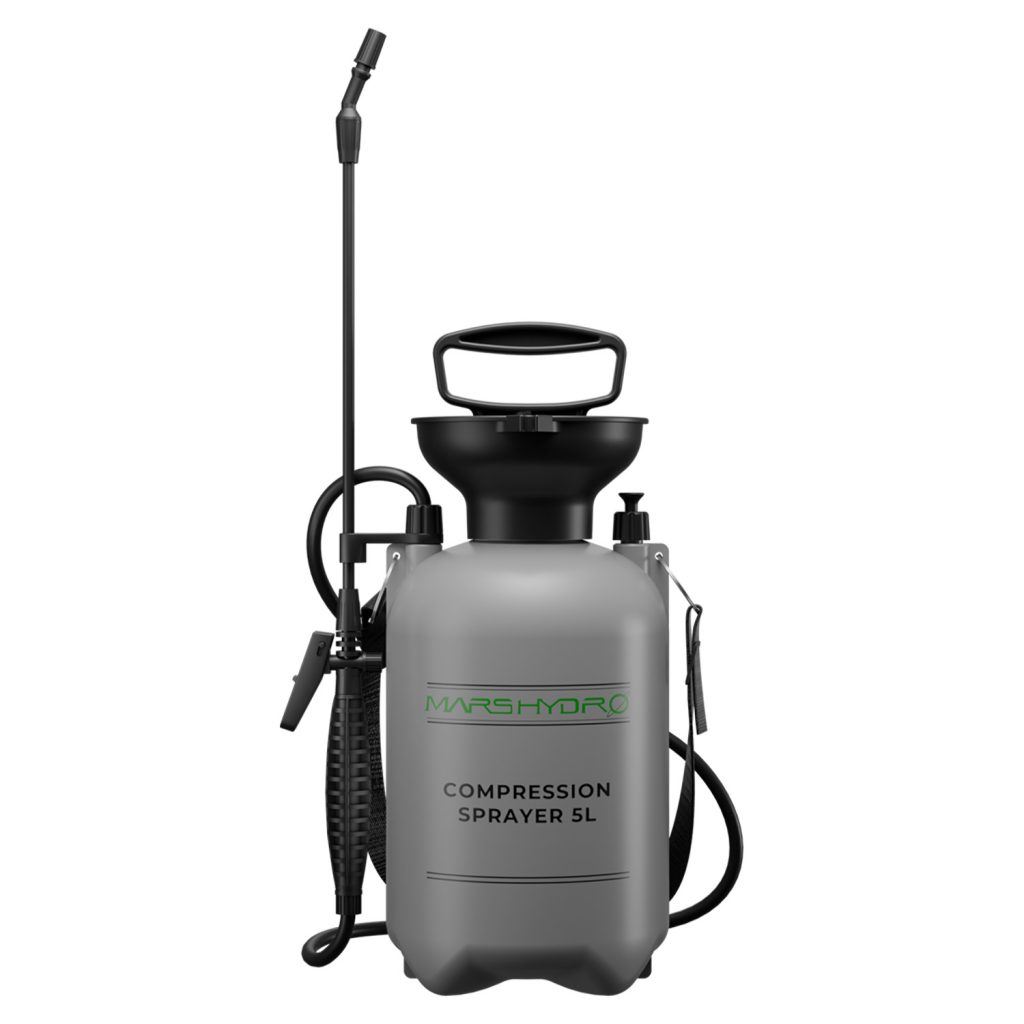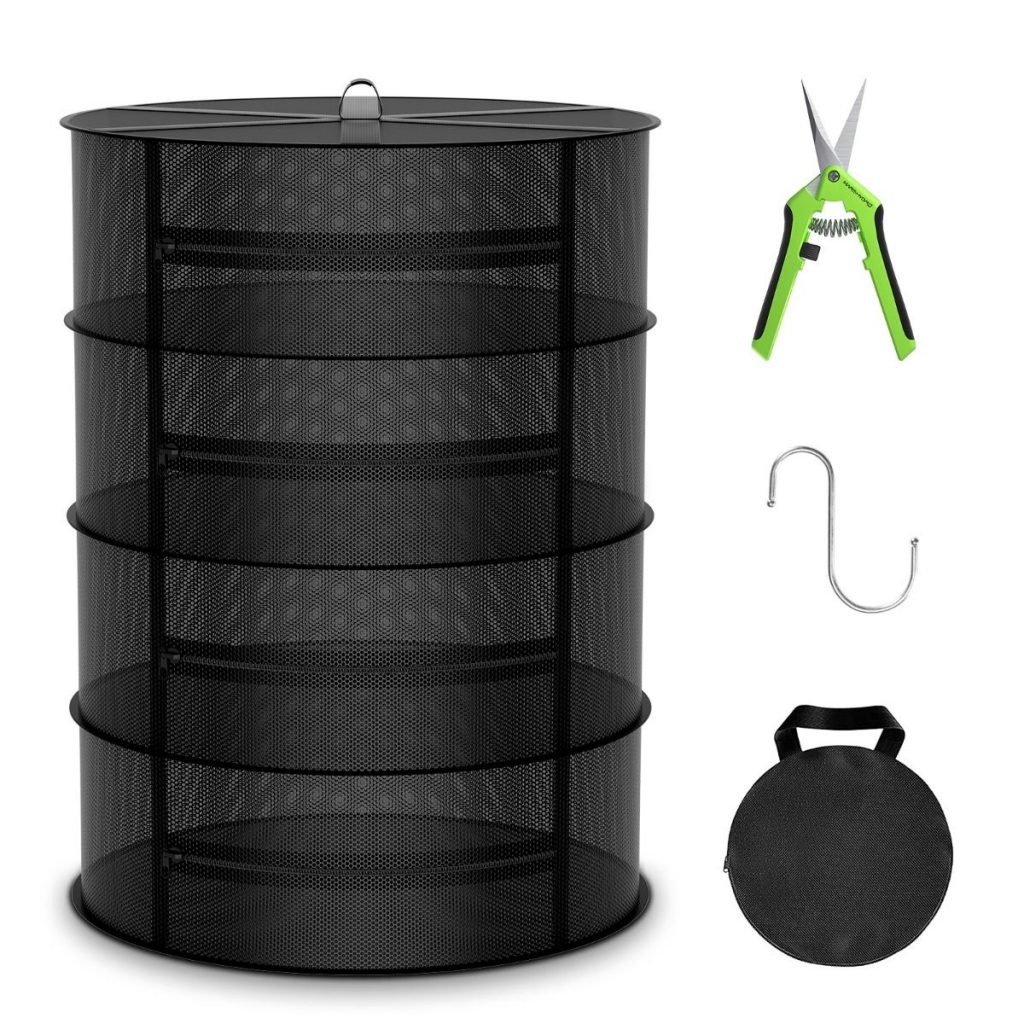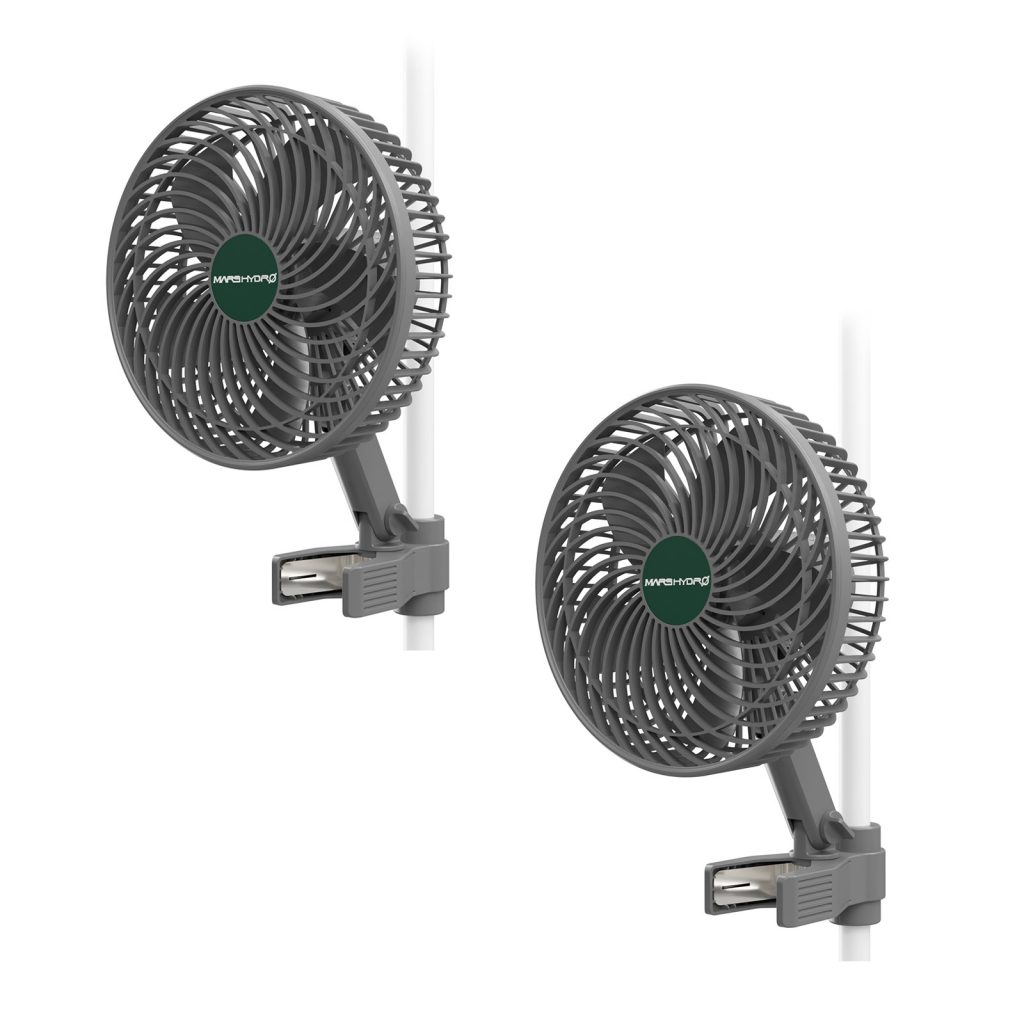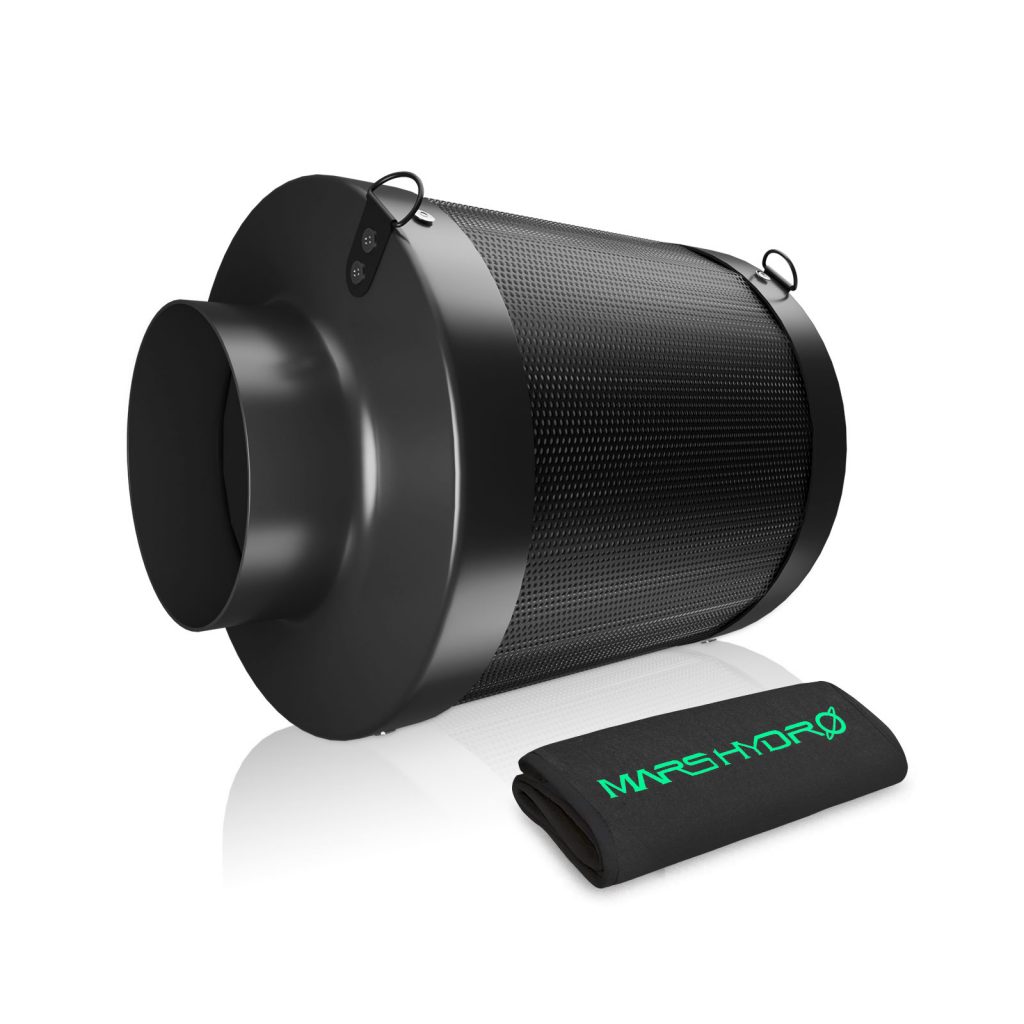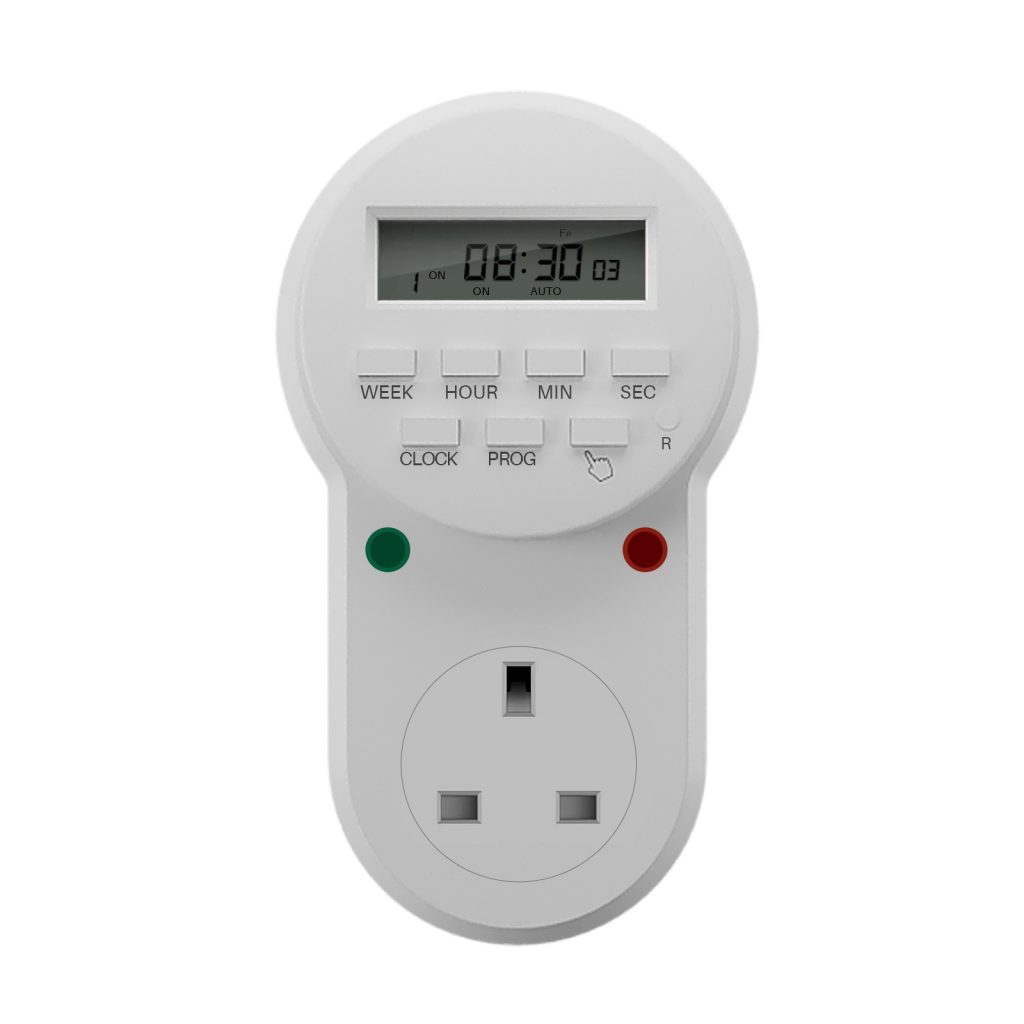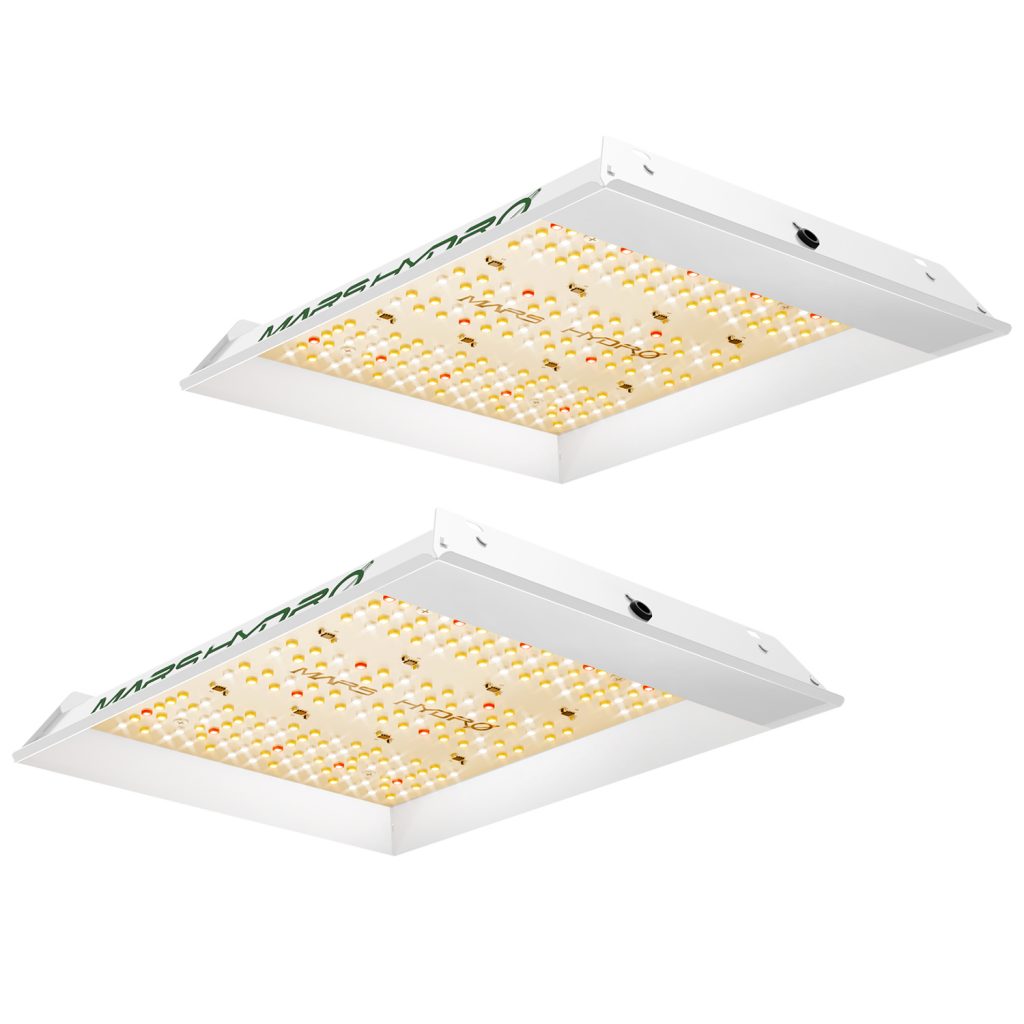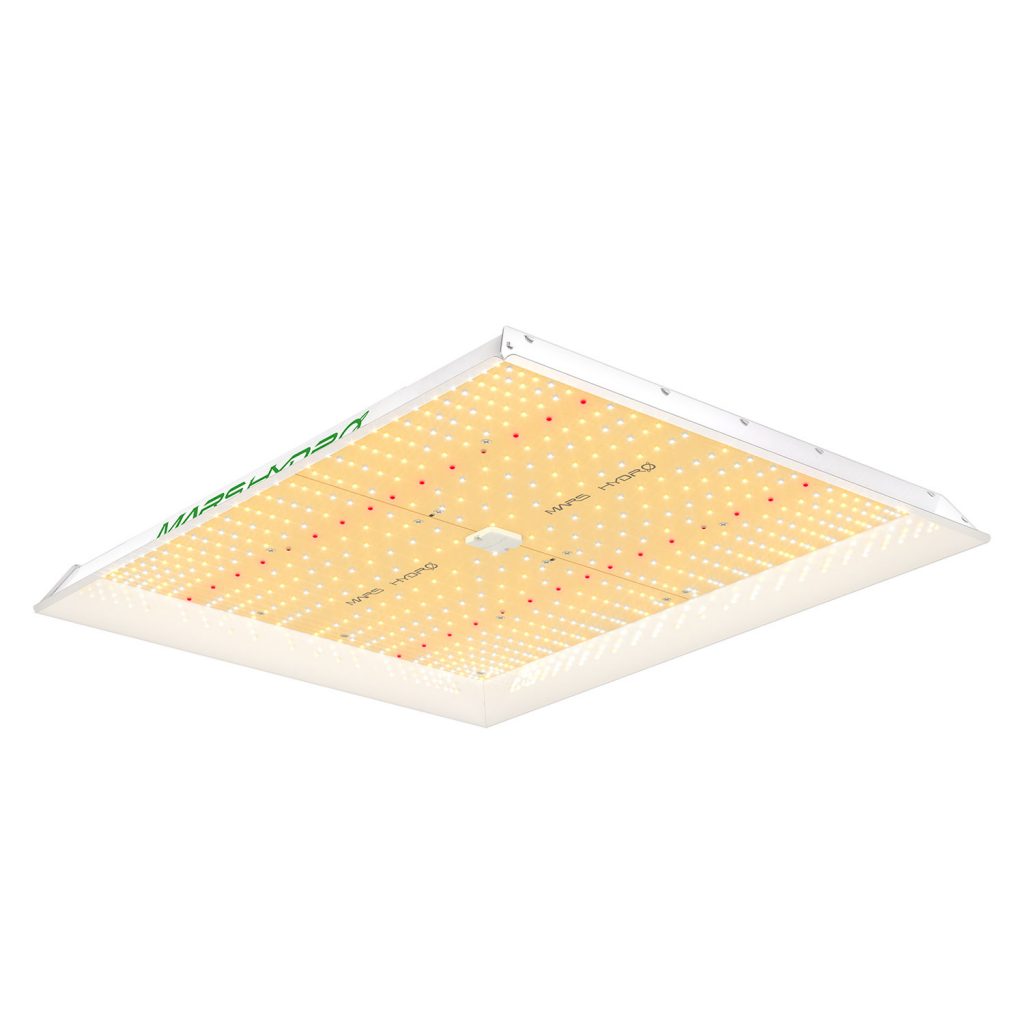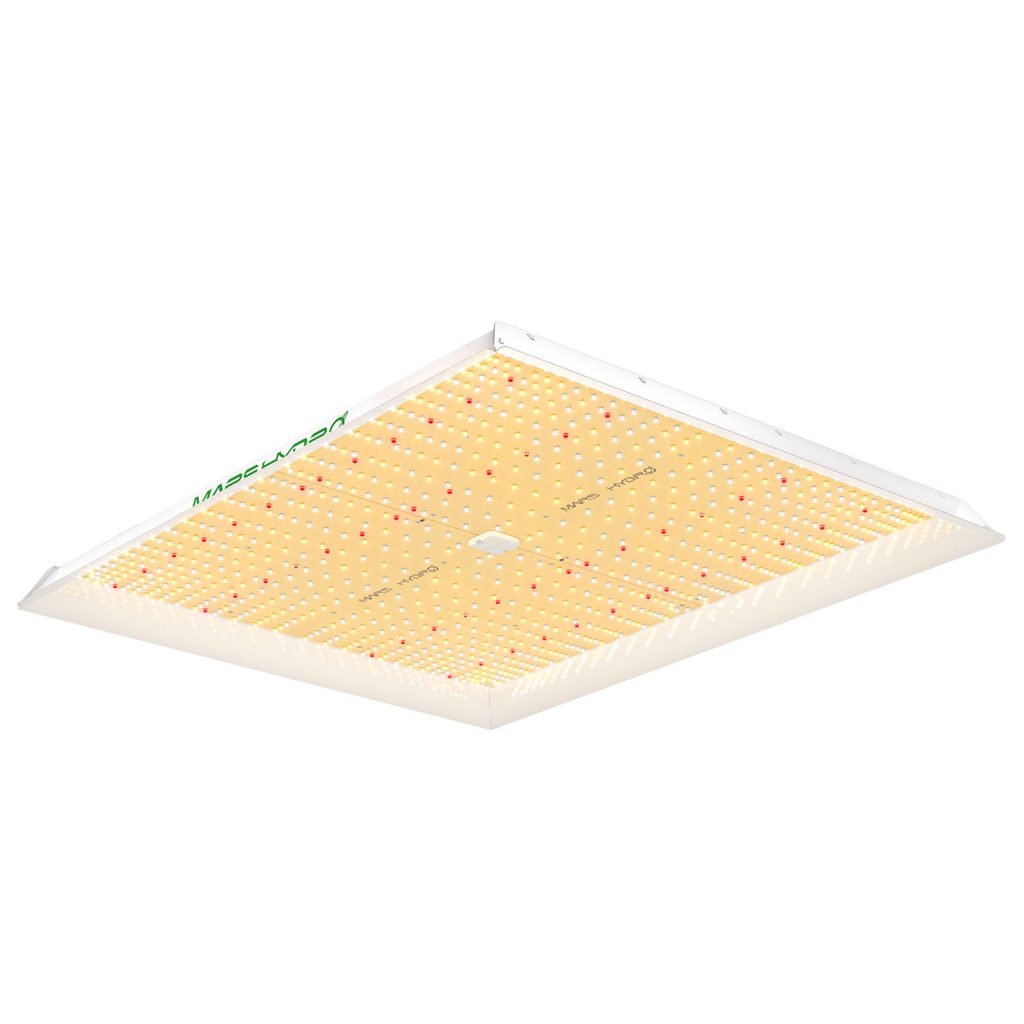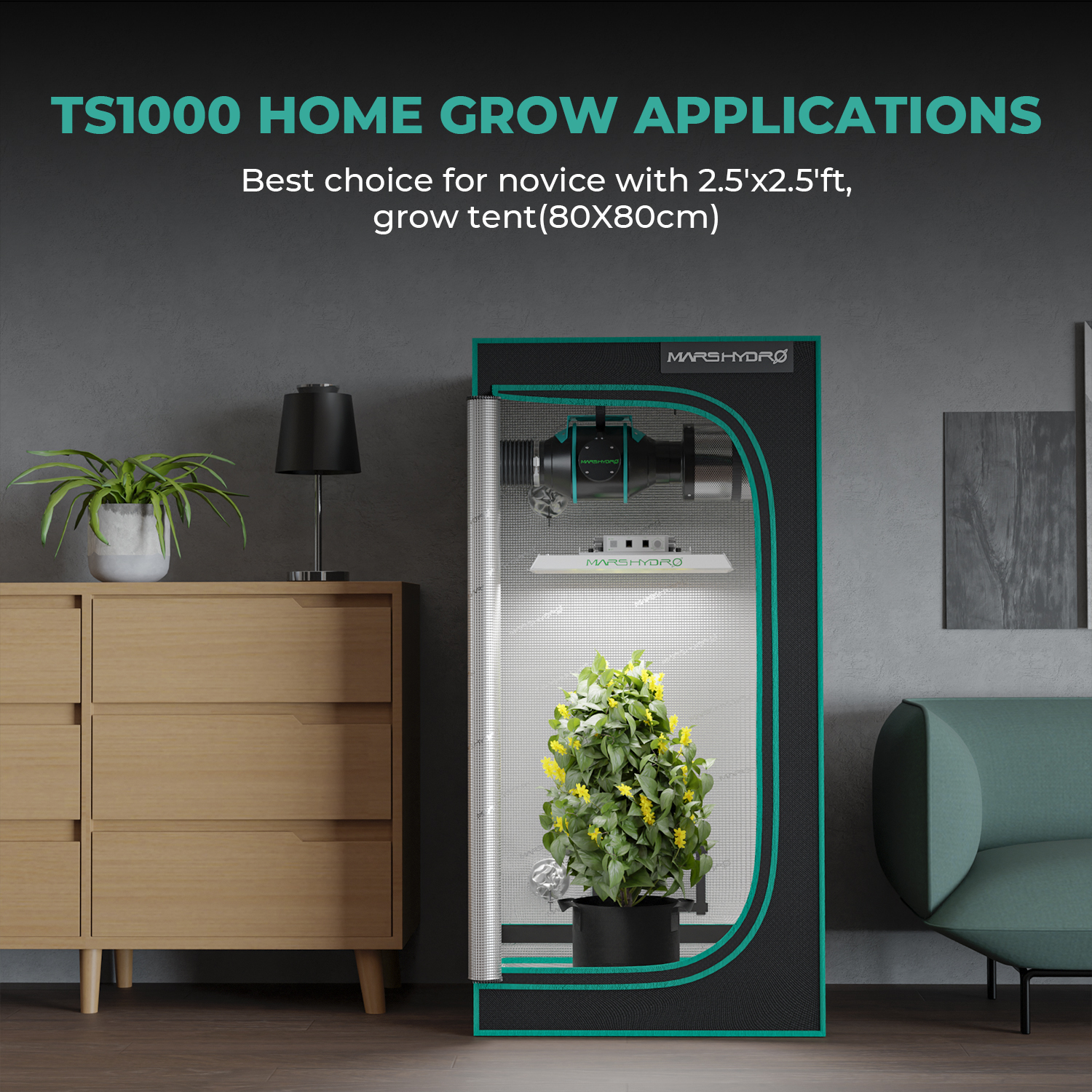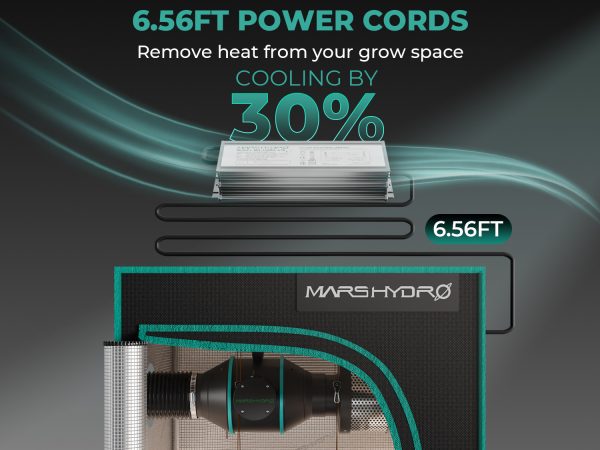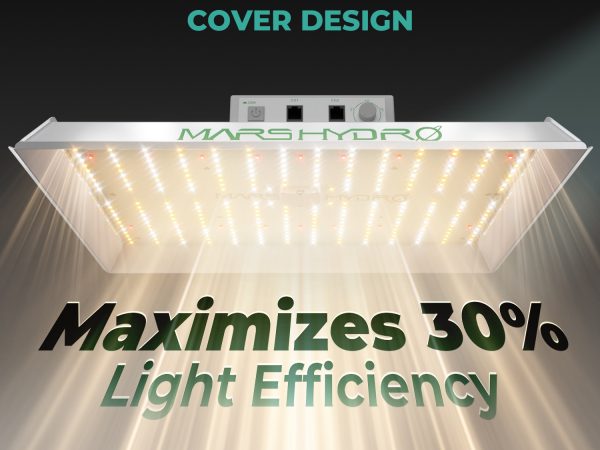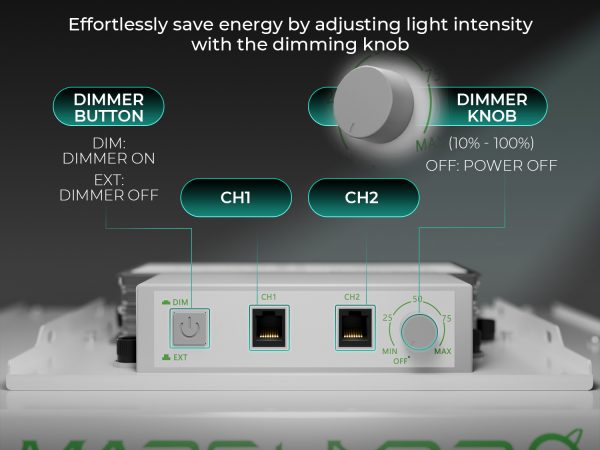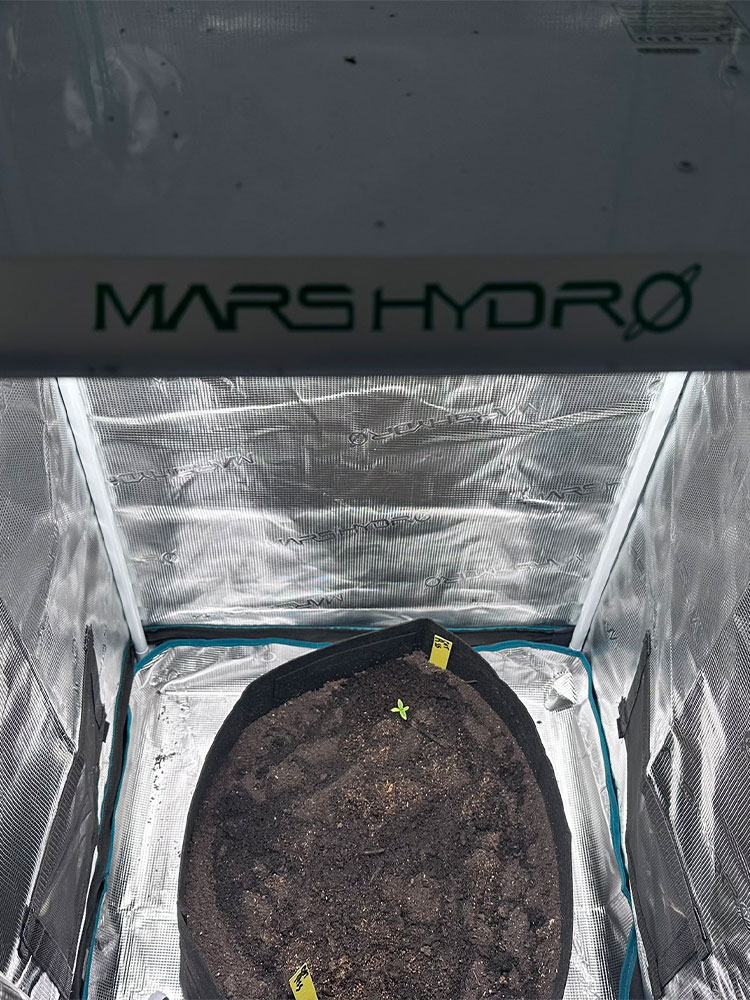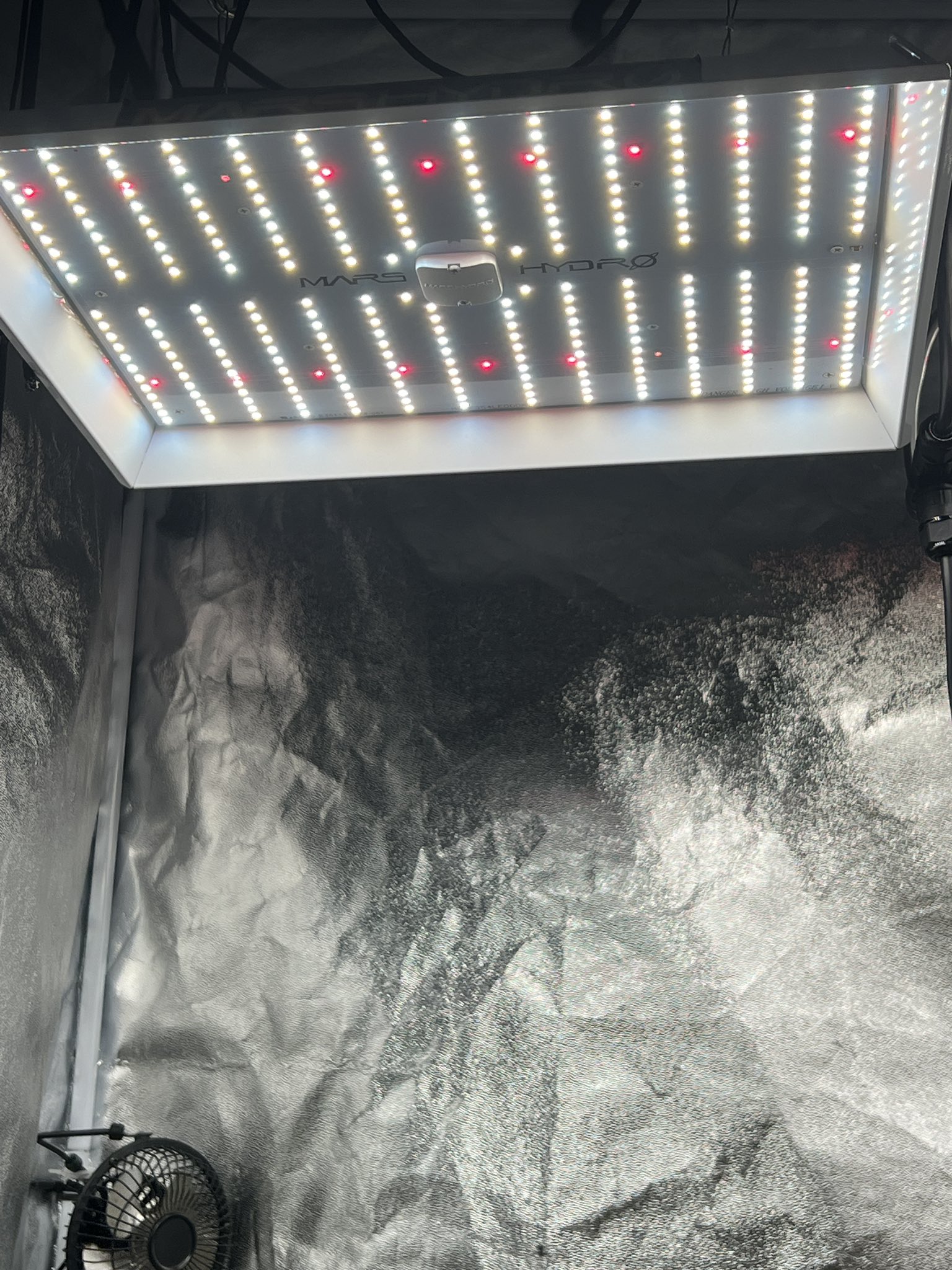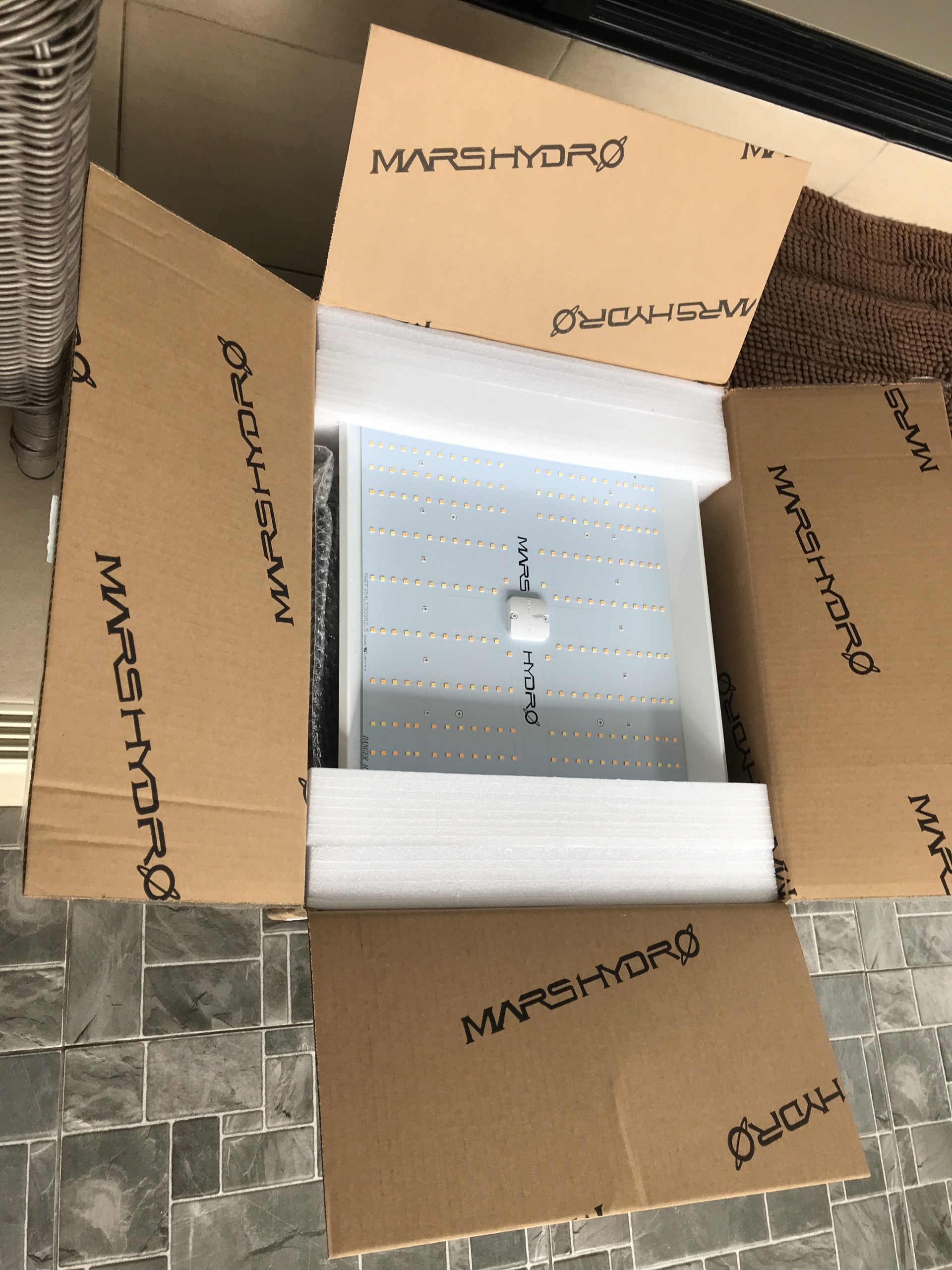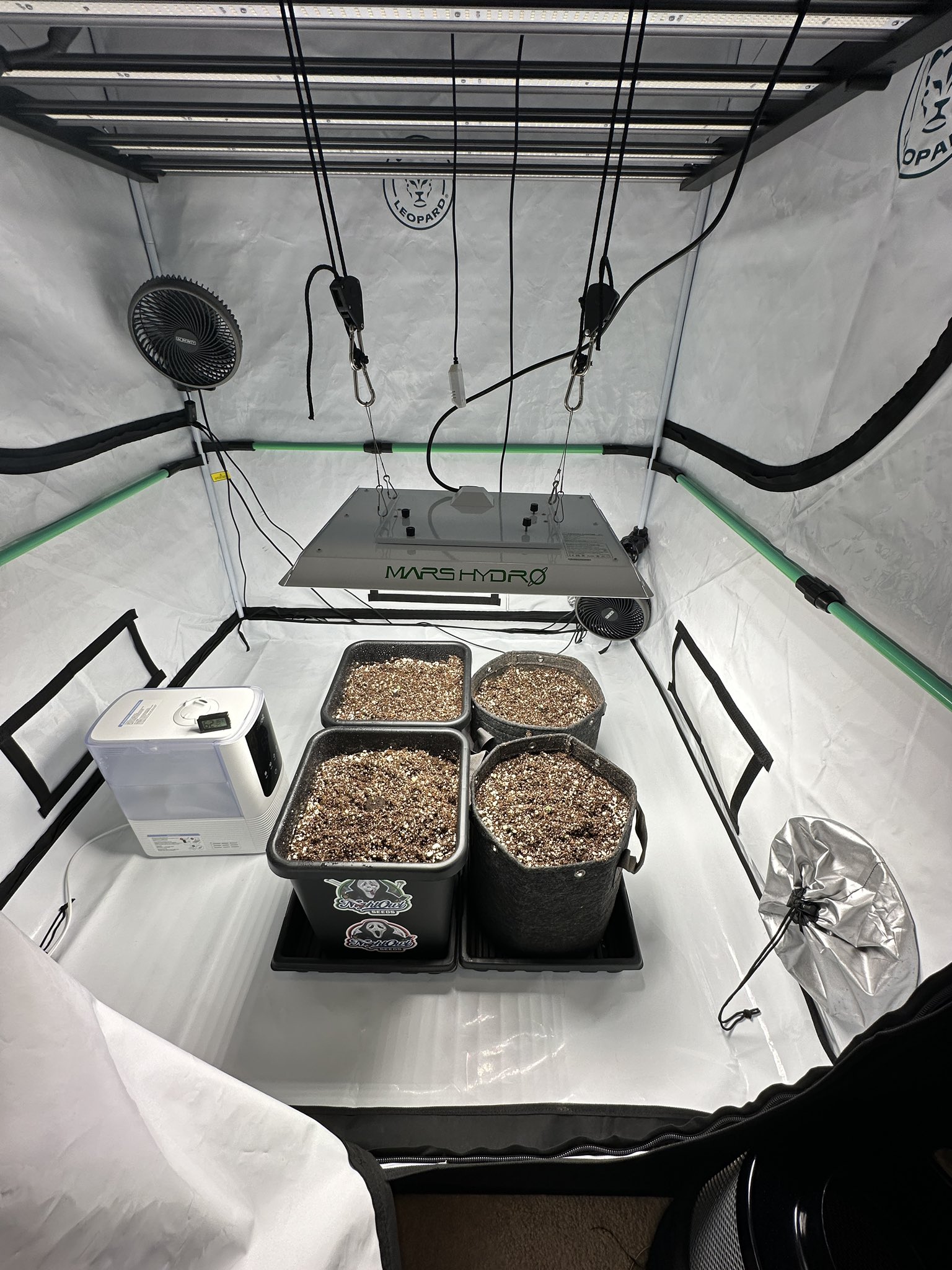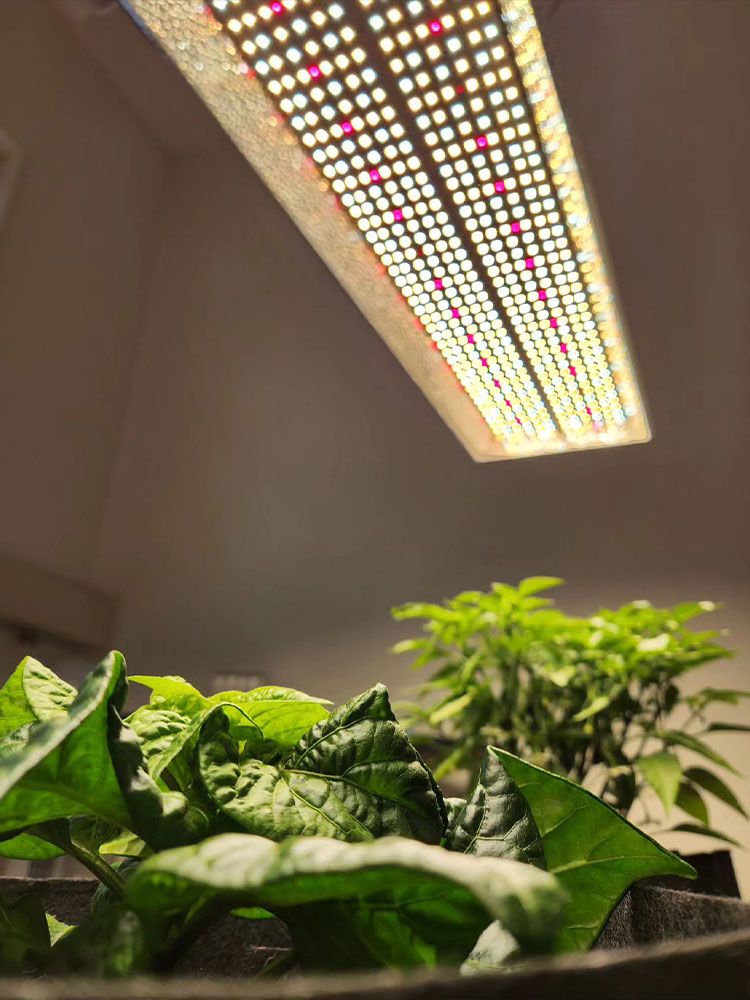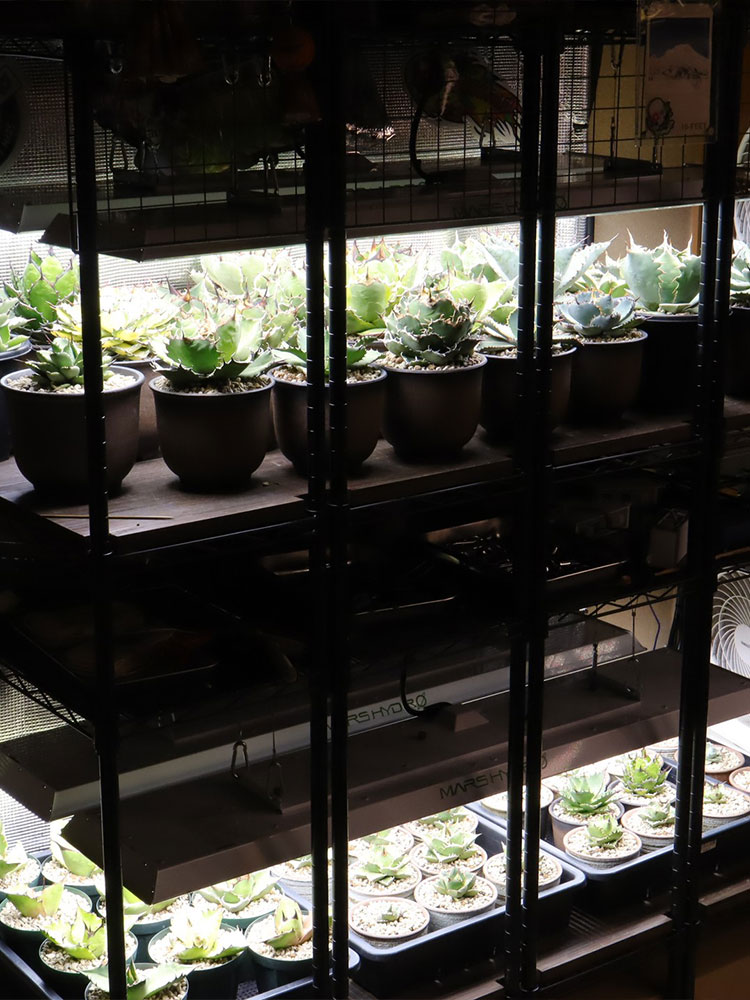When choosing a LED grow light, there are several important factors to consider to ensure you select a good one for your indoor gardening needs. Here are some key points to keep in mind:
1. Light spectrum: Plants require different light wavelengths for various stages of growth. Look for a grow light that provides a full spectrum, including both blue and red wavelengths.
2. Wattage and coverage area: Consider the size of your grow space and the number of plants you plan to cultivate. Ensure the LED grow light you choose has sufficient wattage and coverage area to adequately cover and provide light for your plants. The manufacturer should provide recommendations for the maximum coverage area based on the light’s specifications.
3. Energy efficiency: LED grow lights are known for their energy efficiency compared to other lighting options. Look for lights that have a high energy efficiency rating, such as those labeled as “Energy Star” or with high efficacy (measured in micromoles per joule, μmol/J). Energy-efficient lights will help you save on electricity costs in the long run.
4. Cooling system: LED lights can generate heat, so it’s important to choose a model with an effective cooling system to prevent overheating. Look for grow lights with built-in fans, heat sinks, or other cooling mechanisms to ensure proper heat dissipation and extend the lifespan of the light.
5. Durability and lifespan: Check customer reviews and ratings to assess the durability and reliability of the LED grow light you are considering. A good quality light should have a long lifespan (often stated in hours of operation) and be built with high-quality components.
6. Dimmability and control features: Some LED grow lights offer dimming options or control features that allow you to adjust the intensity of the light. This flexibility can be beneficial for different plant species and growth stages.
7. Price and warranty: LED grow lights come in various price ranges. While it’s tempting to opt for cheaper options, prioritize quality and reliability. Look for lights that offer a warranty to protect your investment and ensure you can get support if any issues arise.
8. Reviews and recommendations: Read reviews and seek recommendations from experienced indoor gardeners or horticultural communities. Real-life experiences and feedback can provide valuable insights into the performance and suitability of different LED grow lights.






